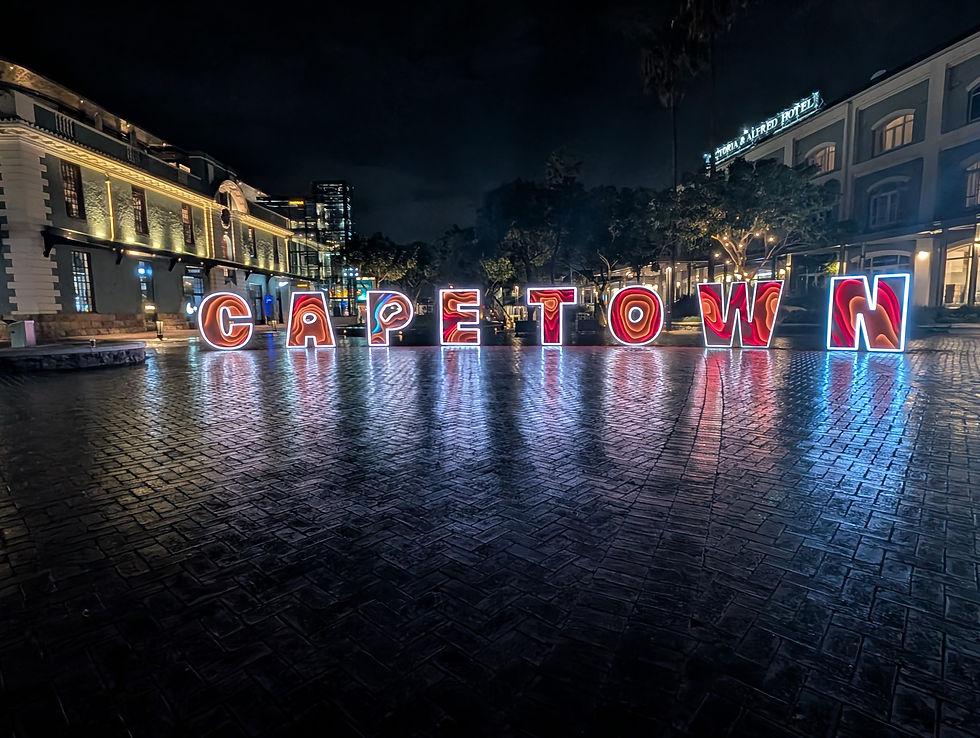Antarctica - Days 2 & 3: Drake Passage
- Mike McHugh

- Feb 17, 2023
- 4 min read
Shane, our Expedition Leader, came on the ship wide PA system at 8:00 AM on the dot to wake us up for breakfast which started at 8:30 AM. Throughout the night, we felt the ship rocking as we navigated the Drake Passage, which was comforting for me as I tend to sleep well on boats and trains, I find it soothing. Others, not so much!
After breakfast, I went to the first lecture which was titled “Birding 101” where we learned about the various species we would be encountering and how to identify them. Later that morning, I attended another lecture by the ship’s marine biologist who did the same for the marine animals – mainly whales & seals.
We then grabbed our buffet lunch before attending a mandatory briefing on IAATO & Zodiac Safety. IAATO stands for the International Association of Antarctica Tour Operators and is the organization that protects Antarctica to allow it to maintain its natural habitat. To protect the animals and the environment, only 100 people are allowed on land at a time, so our group will be split into two. Half the group will go on land while the other half takes the zodiac to cruise around the area for about 1-1.5 hours, then the groups will switch.

Then, we were provided with our boots, which is always a tough experience for me. Due to my orthotics, which are fixed at a right angle, I usually have a lot of trouble putting them on and finding a size that works for me. I wound up using something about 2-3 sizes larger than I needed, but was thankfully able to get them on. They had a strap at the back which allowed me to spread the boot a bit wider than standard boots do at the very top.
After our boots were sorted, we were asked to go to our cabins and get anything that would be exposed to the elements during our time on land that we had worn somewhere else. In an effort to preserve Antarctica (and avoid bird flu migrating onto the continent), staff had to inspect everything we would wear to make sure we weren’t bringing any contaminants on land – whether it be felt that is stuck in Velcro or rocks stuck in a crevice in our backpack. It was quite thorough and we spent time individually with a staff member who inspected each of our items, cleaned them (either by hand, with a tool or a vacuum) and then pointed out any potential areas where things may build up to check between landings. This is all in addition to a Virkon solution before we get on and off the ship at any stop which is meant to remove any non-natural elements which we may bring from one area of Antarctica to the other.
We then put our outer layers back in the cabin and headed for a mandatory paddling orientation. The cruise has two optional excursions – sea kayaking and paddling. Sea kayaking is traditional kayaks and was ~$800 – the goal is to get the sea kayakers out as many times as possible during the trip (weather dependent). The other option, which we signed up for, was paddling. These are much more stable and have two people per boat. We opted for the latter, which was ~$300, but you only go out once.
Later that evening, we had our first “Daily Recap & Briefing” where we reviewed what we did during the day and looked forward to the following day’s itinerary. The various subject matter experts present for 2-3 minutes on things relevant to that day – if we saw a specific bird, whale, etc. they would speak a bit about it and show some pictures.
We then grabbed dinner, which was fantastic once again.

After dinner, we had the option to join a “Bar Talk” where one of the staff members presents a personal story or experience they’ve had during their travels, but the three of us were exhausted so we hit the sack.
The following day was pretty quiet. We had a few presentations, one on photography & one from our glaciologist. The photography one was less applicable to me as it was geared towards the super experienced photographers with thousands of dollars worth of gear and people using their cell phones. I am right in the middle in that I have a middle of the line camera, but really am only looking to point and shoot! The other one was from our glaciologist, Rebecca, who’s passion for her field of study exudes with every slide she presents. Her presentation on how glaciers are formed and the types of rocks we would encounter made me feel like I was in middle school once again, but with a teacher that was so passionate that it excites you about the subject. We also heard from the historian who gave us a brief overview of how Antarctica was discovered and the many attempts to land / transverse the continent.
I had a brief bout with sea sickness, so I took an extra dose of the medicine and a brief nap which made me feel loads better. That afternoon, we watched an episode of Frozen Planet which, although it took place in the Arctic, our marine biologist, Grigory, leveraged his whale expertise as a consultant on the episode.
Later that evening, we had our “Daily Briefing & Recap” and learned that we would be navigating through the Lemaire Channel the following morning (a 11km long, 1.6 km wide passage through icebergs and mountains) before our first attempt to land!




Comments